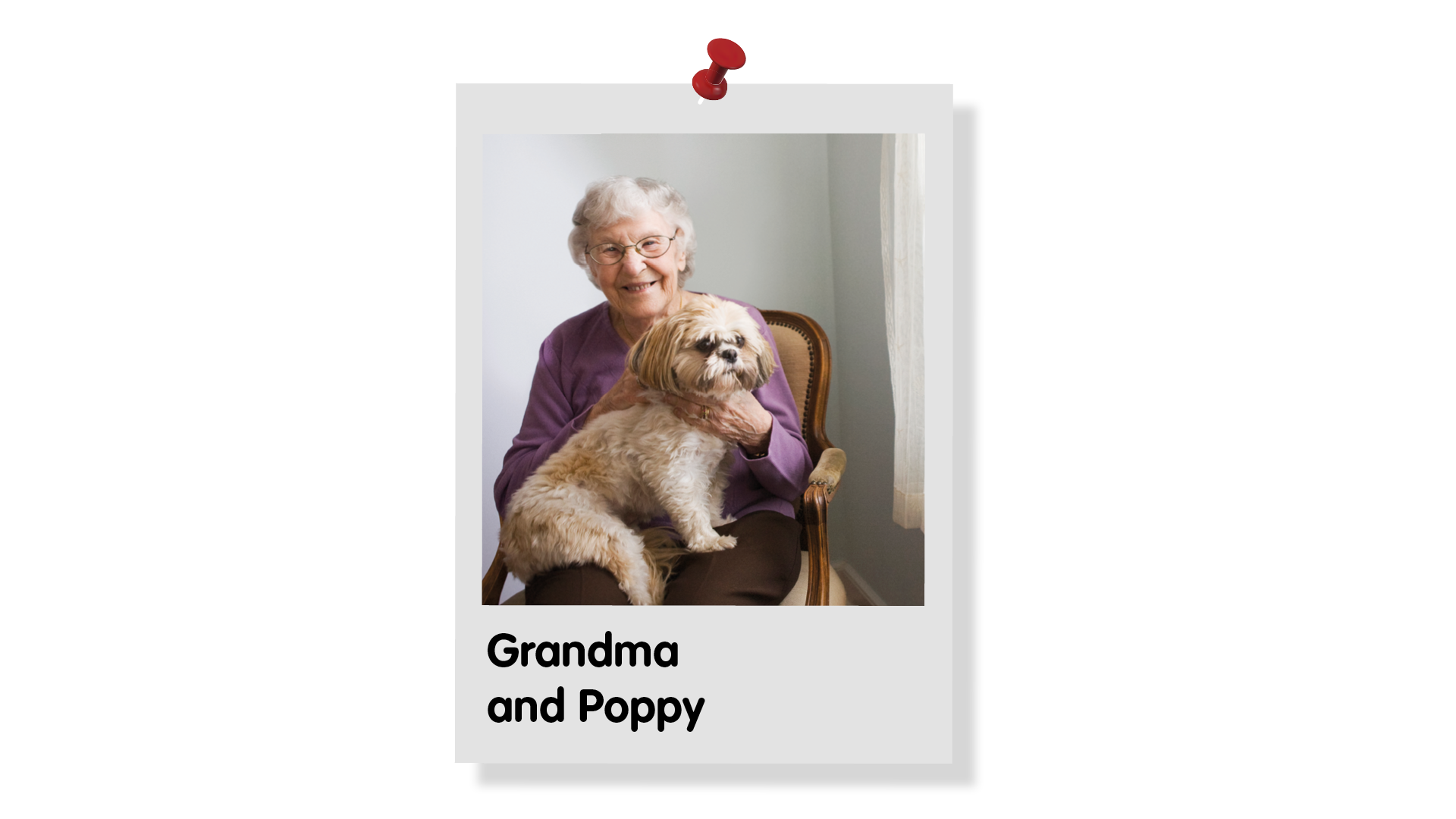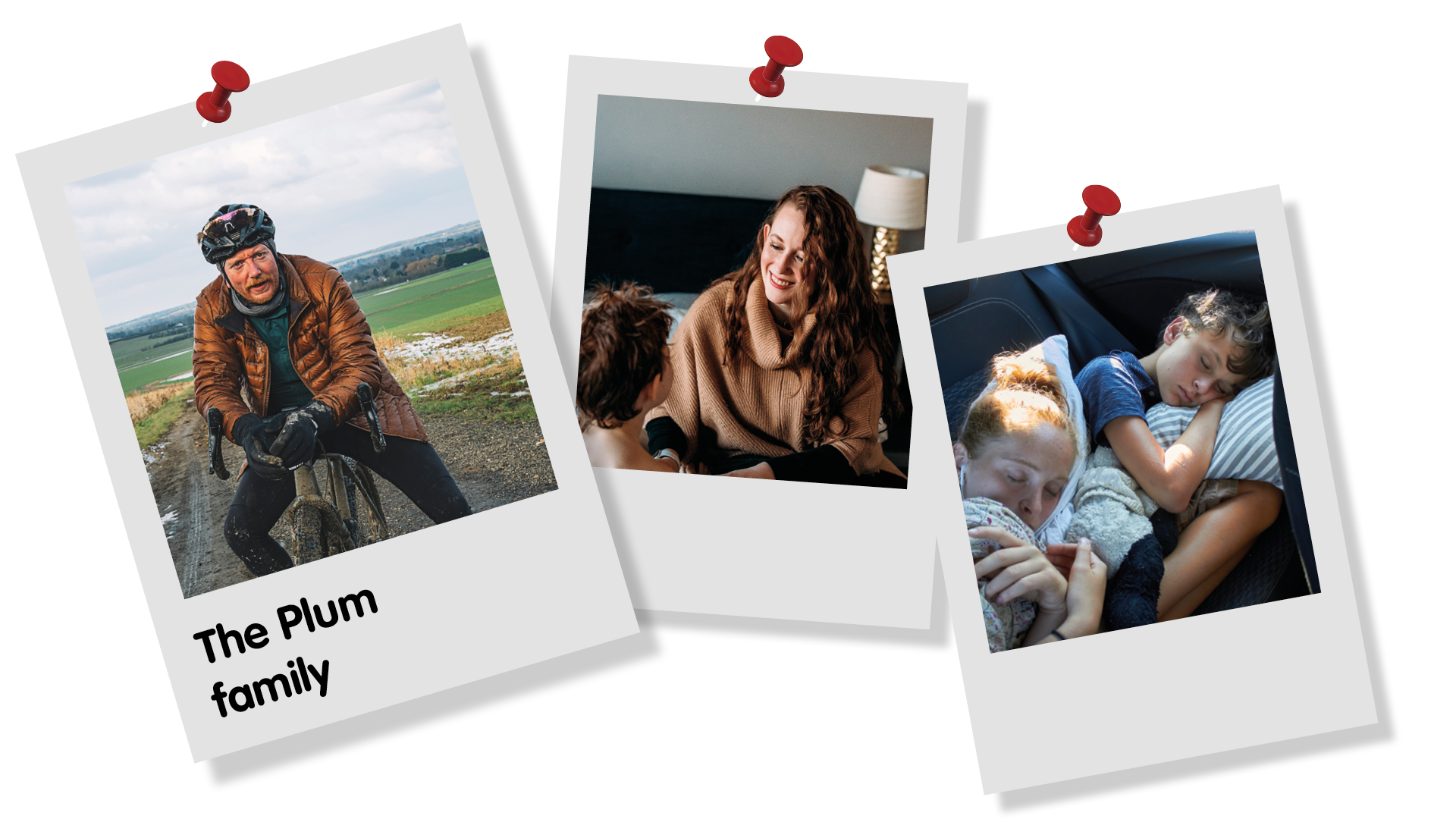From: Paul Clements
Sent: 28 October 2021 16:59
To: Stephanie Trotter
Subject: Guild of Master Chimney Sweeps – CO Liaison
Dear Stephanie and Team,
I am writing to introduce myself. Our Chair, Lawson, has asked me to take a position as CO liaison for the Guild of Master Chimney Sweeps.
The idea is to build on the sterling work already undertaken by others in our industry, by providing a focal point in and out of the Guild. This role will capitalise on relevant strategic and tactical information to the benefit of Guild members in their daily work, and to provide Guild partners with useful and relevant information that could be more cohesively represented by the Guild, for example in so called ‘Close Call CO Incidents’.
There will soon be a dedicated email address under the Guild umbrella but for now I am using my own business contact points. I am keen to develop this role, particularly at this time of year.
One question I do have is this. Do the collated statistics that I have seen on your website show us incidents by fuel type, in particular, could the stats show deaths (as collated by yourselves) caused by either solid fuel, or in more detail, defined by wood, coal or oil? This would be of particular interest if it is so reportable.
Thank you for your attention,
Paul
Paul Clements
Cleaner Chimneys Chimney Sweeps
www.cleanerchimneys.co.uk
01489 578541 or 07540 841022
• ‘Master’ Member of the Guild of Master Chimney Sweeps
• Approved Trader with Hampshire County Council Buy with Confidence Scheme
• HETAS approved
Privacy Statement
We hold data with your consent only to enable a chimney sweep or other chimney service booking to take place, for annual customer reminders, or more frequently if required, so as to comply with the laid down Fire Service and Guild of Master Chimney Sweeps and HETAS safety recommendations for at least annual chimney sweeping, to reduce domestic and commercial chimney fire risk and carbon monoxide poisoning and compliance with buildings insurance requirements.
We are committed to ensuring that your information is secure. In order to prevent unauthorised access or disclosure we have put in place suitable managerial procedures to safeguard and secure the information we collect.
Full Privacy Policy and GDPR Compliance Policy is viewable on our website
————————————————————————————————————-
Stephanie received this request and sent some of our graphic charts but also sent on this request to our data officer Jennifer Wood and asked her to give a more detailed response.
On Tue, 2 Nov 2021 at 16:51, jenny@co-gassafety.co.uk wrote:
Hello Paul,
My name is Jennifer Wood and I handle the data side of CO-Gas Safety’s work for Stephanie Trotter – she has forwarded me your questions regarding our data and definitions used for our press pack statistical charts.
As she has already stated, we are unable to be as statistically stringent as we would like with our charts and categories, as we are reliant on information provided by the officials and institutions that document these incidents (primarily Coroner’s Offices, but they are given the details by others such as Police, Fire Services, witnesses etc). In more recent years we have been able to ask more questions of the Coroner’s Offices, by contacting them as soon as we are aware of an incident and asking them to consider specific concerns of ours, but for many of the historical cases there can be as little as a few sentences available to us.
I have tried to clarify definitions as much as possible in the notes given below some of the charts, but here are answers to your specific questions:
Room heater – this can include a variety of appliances, and may even include some gas fires that should strictly appear in the ‘gas fire’ category, but without further description from the authorities we cannot be sure of the type of room heater in all cases. It undoubtably includes a large number of Parkray and Rayburn-style solid fuel, oil and gas heaters. It would not intentionally include woodburner stoves or the type of gas heater that is portable and uses a canister in the back for fuel – they have their own categories but, again, some may have been described as just ‘room heater’ in documentation (particularly in older cases).
Solid fuel – as it suggests, this includes any fuel that is not liquid or gas (so no oil, LPG or mains gas, petrol or diesel). It can cover all sorts of combustibles such as coal, anthracite, coke, charcoal, BBQ briquettes, wood, biomass, fuel logs etc
Open fire – to answer your question as to whether a gas fire would ever be recorded as an ‘open fire’ is tricky – I can’t categorically state that it wouldn’t. I can say, however, that all the appliances we currently have in our database that are listed as ‘open fires’ are actually also categorised as ‘solid fuel’. There are 10 such cases, with 11 deaths. I know that one of them was BBQ fuel lit in a wheelbarrow within an enclosed space, which for the purposes of our database was best described as an ‘open fire’.
You are correct to note that many exposures occur where there is no ventilation in the room of the appliance, other than the appliance vent or the chimney. This applies as a risk whatever the appliance and should certainly be included in the training of appliance installers and chimney sweeps. Our most recent case of an open fire death, for example, was in 2017 – there was no combustion air vent in the room containing the open fire, the chimney had not been swept regularly enough and the carbon monoxide alarm that was present was located incorrectly and with batteries removed. Incidentally, this is the only one of our 10 open fire fatal incidents where we have confirmed details of ventilation in the room (or lack of it) other than the chimney. That level of description is unfortunately not given for any of the other older incidents but we do often hear of cases where air bricks or vents are installed and have been covered over to remove drafts, not just with open fires. When victims are trying to stay warm, they often close windows tightly and shut internal doors too (again, not often recorded at a fatal scene as these details are either lost in the panic of a victim being found and treated, or their significance not realised at the time), so air bricks are an essential precaution for ventilation.
Remember that the data we publish relates only to fatal incidents, not exposures where victims have survived. We do keep records of non-fatal cases where we can but we know we only capture a fraction of the actual incidents that occur so we do not publish statistics on these; we use them as valuable examples to learn from.
Oil-fired kitchen ranges – you are correct that these would be listed as an ‘oil’ appliance. You mention paraffin too – we have only two fatalities that we can be sure were caused by paraffin appliances and in both cases they were portable paraffin heaters (one in a shed, one in a polytunnel). These paraffin cases are separated from oil ones in our Fuel Type chart.
You are correct in stating that 30% of the unintentional carbon monoxide fatalities that we had recorded 01.09.1995 – 31.08.2020 were caused by a solid fuel source. Of these, 1% were attributed to Woodburners, 1.5% to open fires, 2.5% to BBQs, and the remaining 25% or so (our published stats are rounded to the nearest %) were distributed between the following: cookers (such as solid fuel Agas), solid fuel central heating boilers (incl back boilers), many solid fuel room heaters and one solid fuel water heater. One case was a bucket of charcoal taken into a vehicle, one was a bowl of charcoal burning in a bowl on top of a kitchen hob, one was described as a ‘coal burning stove’ but sounded very like a camping BBQ – incidents are not always easy to categorise. I would need to spend time on this to get you a breakdown if you really need the individual stats but I suspect that this information is enough for your requirements.
It is worth noting, Paul, that over 75% of our solid fuel cases were more than ten years ago. In other words, solid fuel cases have disproportionately reduced compared to other fuels – our data covers 25 years, but only around 20-22% of the solid fuel cases have been since Jan 2010. Indeed, we have only documented 7 solid fuel fatalities since Jan 2015 (one each from open fire, BBQ, central heating boiler, woodburner, and 3 deaths from 2 room heater incidents). Training must continue to be stringent, however, as we find that once a rate has reduced successfully in one particular fuel or scenario then complacency tends to evolve into a lack of awareness again and the risk returns.
In case it is of interest, since Jan 2015, over half the fatalities we have recorded have been from petrol/diesel appliances.
I hope all of the above helps but please do contact me with any further questions and I will do my best to answer them.
Best wishes,
Jennifer Wood
Data Processing Officer
jenny@co-gassafety.co.uk
Please send any posted documents directly to me at: 2 Tidwell Close, Budleigh Salterton, EX9 6SH
On behalf of Stephanie Trotter, OBE (Mrs)
President & Director of CO-Gas Safety
CO-Gas Safety is an independent registered charity run almost entirely by volunteers. www.co-gassafety.co.uk
Priory Cottage South
Priory Road Mob. 07803 088688
Seaview, Isle of Wight Charity Number: 1048370
PO34 5BU Company Number: 3084435
DISCLAIMER:
The information in this e-mail is confidential and may be read, copied or used only by the intended recipient(s). If you have received it in error please contact the sender immediately by returning the e-mail or by telephoning a number contained in the body of the e-mail then and please delete the e-mail without disclosing its contents elsewhere. No responsibility is accepted for loss or damage arising from viruses or changes made to this message after it was sent.





